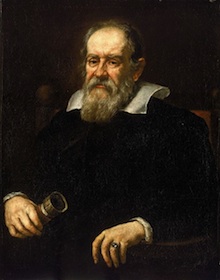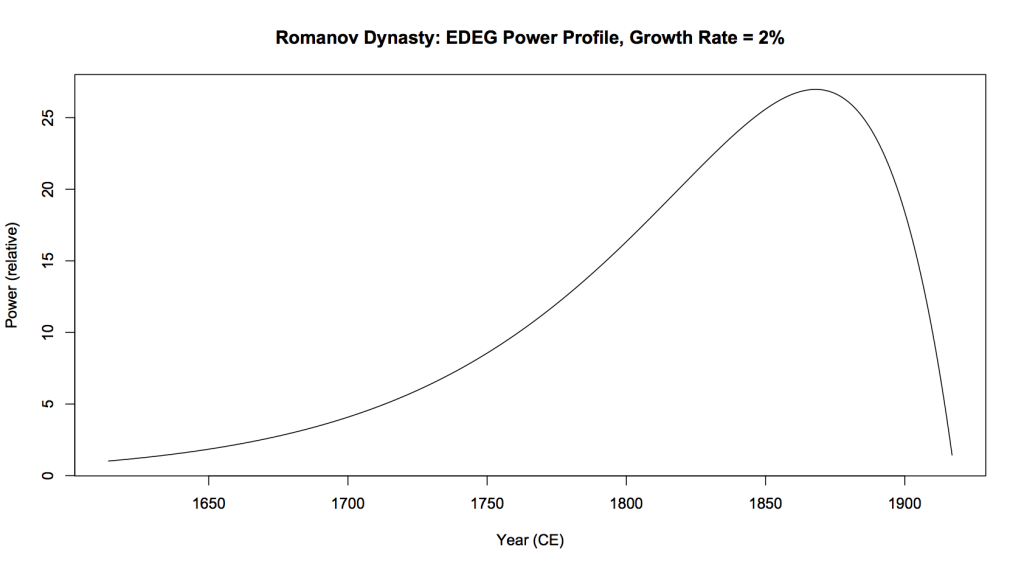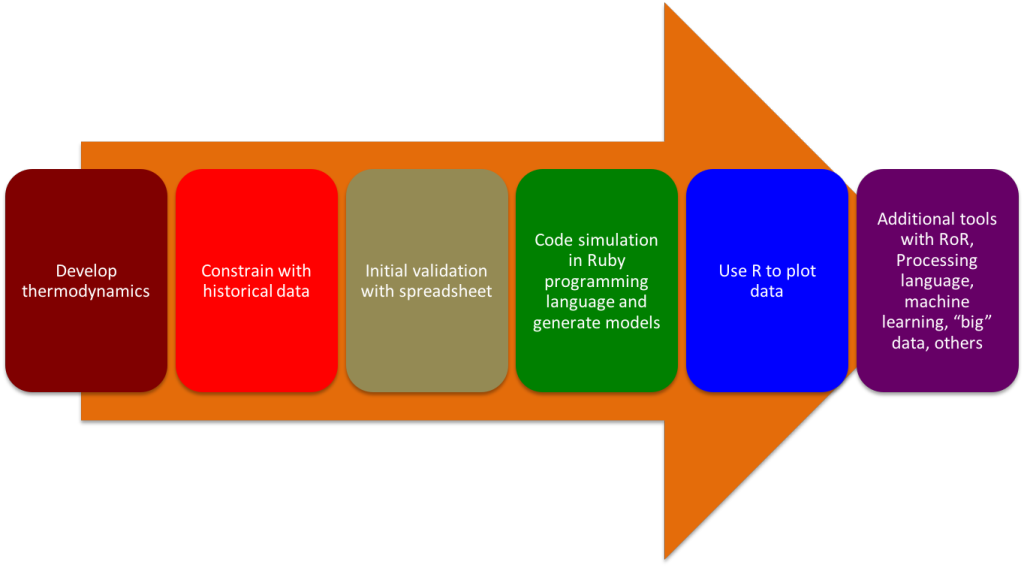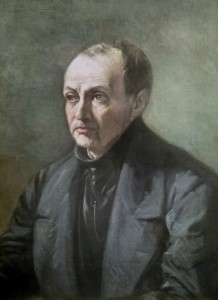The physical sciences have advanced so far due to the utilisation of the scientific method and their unified nature.
In the scientific method, a hypothesis can be quantitatively tested and rejected rather than relying upon anecdote and informal observation. Using the scientific method, Galileo was able to establish that all objects fall to the surface of the Earth at the same rate, regardless of their mass, unless a counterforce such is present, such as atmospheric drag. This was counterintuitive, and flew in the face of contrary longstanding conclusions made by Aristotle and others.

Galileo Galilei by Justus Sustermans
The scientific method is necessary but not sufficient to develop a really powerful science of history. Social sciences such as sociology already use the scientific method in many cases. Yet those sciences remain highly disjointed, and relatively ineffectual.
The unified nature of the physical sciences (engineering, and to some extent the natural sciences) is an under-appreciated but vitally important source of their effectiveness. The demonstration by Isaac Newton that phenomena in both space and on the Earth were subject to the force of gravity was the cornerstone of this unification. Previously, terrestrial and celestial phenomena were treated as being subject to separate sets of laws.

Isaac Newton by Godfrey Kneller
In the unified physical sciences, a hypothesis must produce results that are consistent with the generally accepted principles of physics. It is expected that a hypothesis in the atmospheric sciences will be consistent with the known laws of thermodynamics, such as conservation of energy. When a hypothesis is inconsistent with the laws of physics and cannot be refuted using observational evidence, then the laws of physics must be changed. A principle in astronomy can hence be related and constrained by a principle in geology. Since the laws of physics are invariant across time and space, a planet around the Sun follows the same laws as a planet around a distant exoplanet.
To be truly effective, a science of history must be unified within itself. One principle must be consistent with another. This will be bitter pill to swallow for armchair kings and emperors who savor multiple theories and fought over them with ferocious enjoyment and indignant delight.
The pill gets more acerbate. To approach the effectiveness exercised by the physical sciences, a science of history must also be unified with the laws of physics. If so, historical phenomena must be constrained by physical laws such as the conservation of mass and energy. This is a controversial proposition, and not likely to be accepted without an overwhelming amount of supporting evidence and the passing of time.
In summary, for a science of history to approach the effectiveness of the physical science, it must use the scientific method, be unified within itself, and be unified with the laws of physics.




